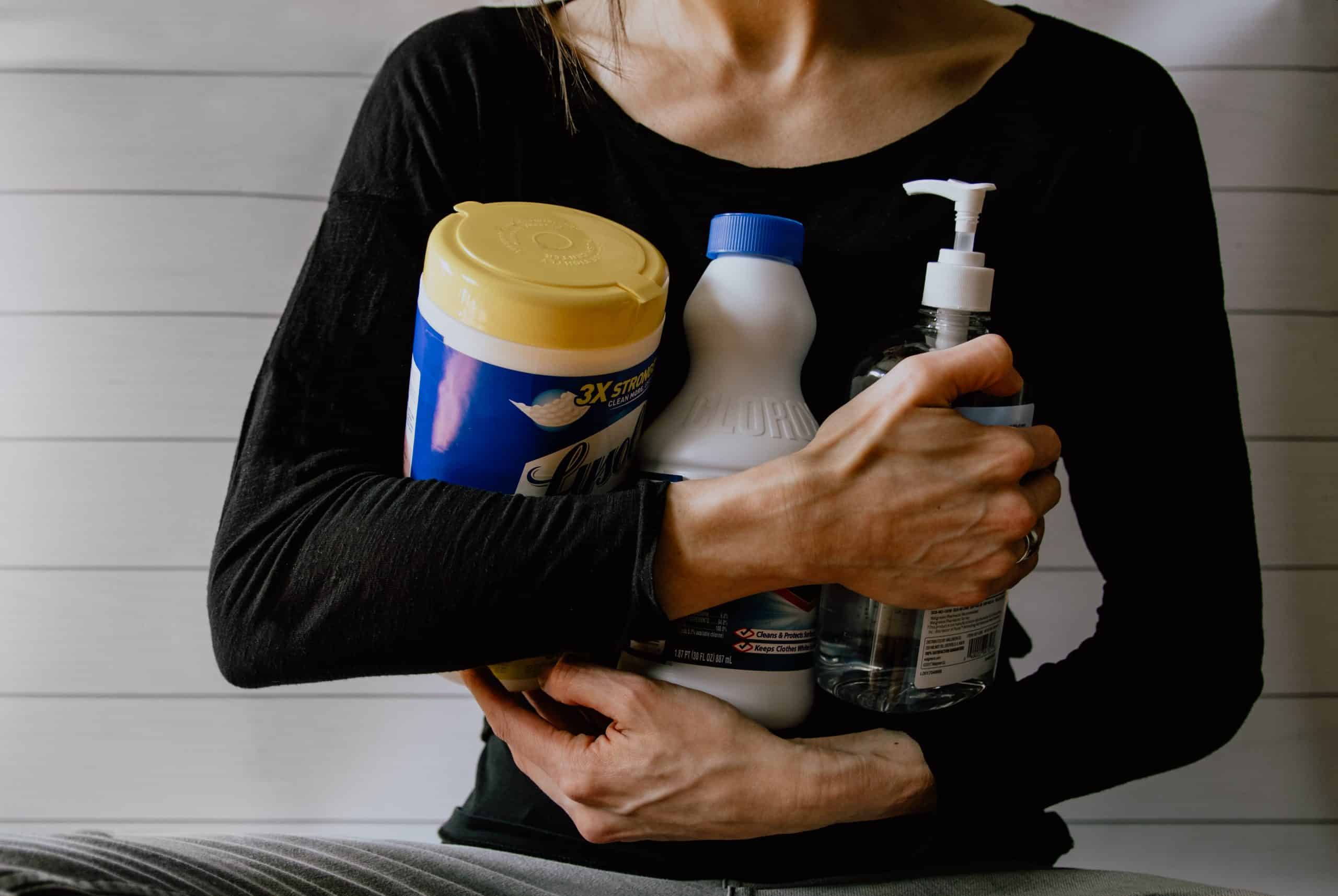The Coronavirus pandemic has caused a hazardous rush to disinfect everything. The demand for disinfectants and cleaners has surged within the last couple of months across the globe. With the increased demand, are we poisoning ourselves and what are the effects to the environment, particularly the ocean where most water based products waste go to.
According to the CDC’s Morbidity and Mortality Weekly Report, “Calls to poison centers increased sharply at the beginning of March 2020 for exposures to both cleaners and disinfectants.” How knowledgeable are we when it comes to using a high volume of disinfectant products? Are children educated enough to use these products independently?
Disinfectant Cases
Complaints that have been submitted to the U.S Centers for Disease Control and Prevention tied to cleaners and disinfectants has increased by 20%.
In two reported cases, a woman had breathing difficulties after filling her sink with 10% bleach solution, vinegar, and hot water to soak her produce. The other, a child had swallowed an unknown amount of ethanol-based hand sanitizer, resulting in dizziness and vomiting. There are cases every day that showcases the need for more information to fully understand how to use these products effectively and productively.
The report concludes that “users should always read and follow directions on the label, only use water at room temperature for dilution (unless stated otherwise on the label), avoid mixing chemical products, wear eye and skin protection, ensure adequate ventilation, and store chemicals out of the reach of children.”
Health-Care Waste
According to the World Health Organization (WHO), disinfectants are a chemical health-care waste. Health-care waste contains potentially harmful microorganisms that can infect hospital patients, health workers and the general public. Hazardous waste if not recycled properly can be harmful to the environmental as well as health. They can cause such problems as:
- Contamination of water supplies
- Pollution of land, air and water
- Can cause fires or toxic fumes
- Unrecycled waste can lead to costly cleanup operations
We need to be more educated in the usage of disinfectants and cleaners to fully understand the risks and effects. The WHO wrote an interim guidance on water, sanitation, hygiene, and waste management for the COVID-19 (coronavirus) virus. The article has important information regarding the management of health-care waste. It is an interesting read and will help prevent bad practices that can cause damage to our health.
1Source Benefits
1Source is a platform that educates users more on the ingredients in a product. We can examine ingredients in a product and get an insight on how harmful it can be. The video demonstrates how beneficial and user-friendly 1Source is.
To learn more about the app, visit: here

